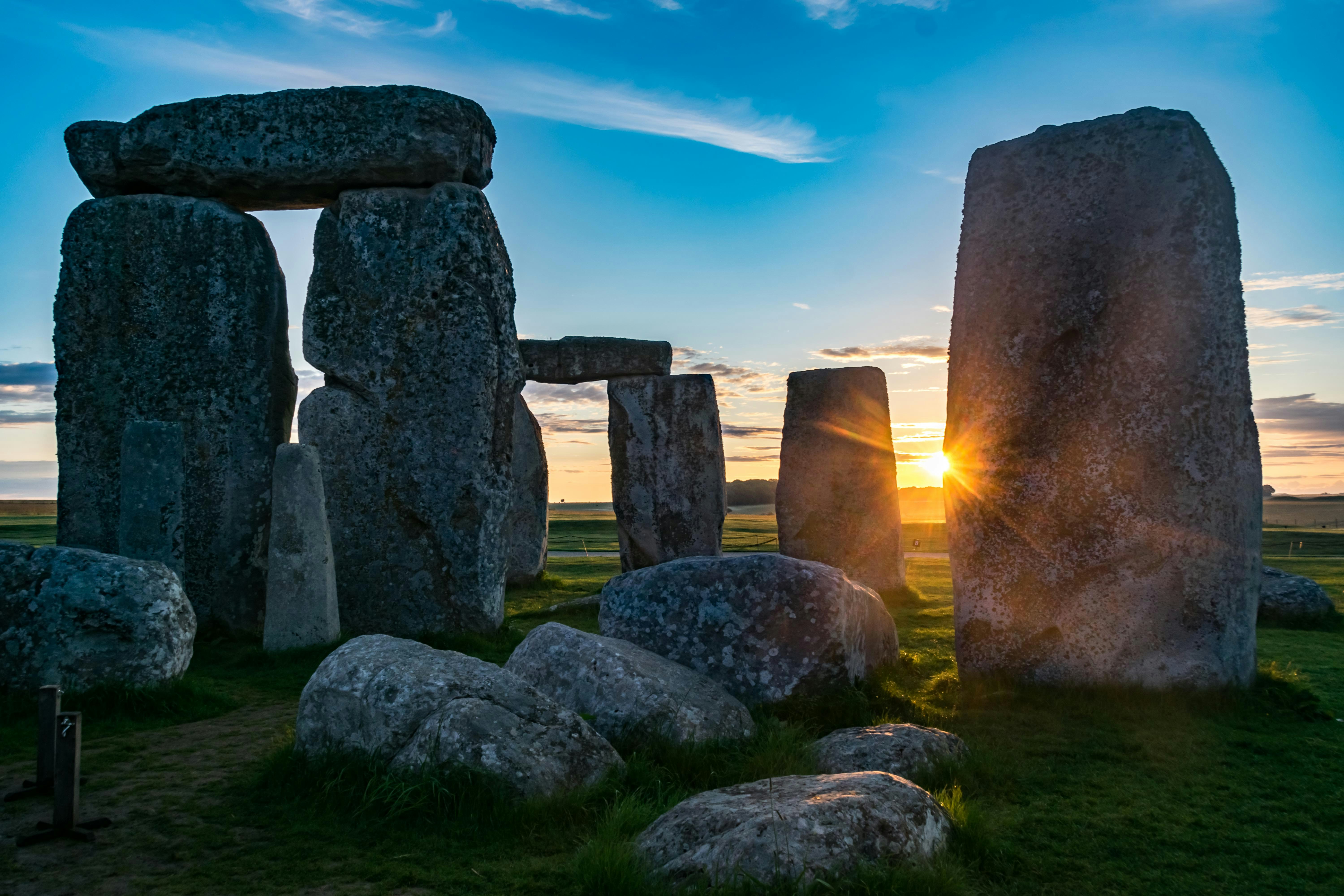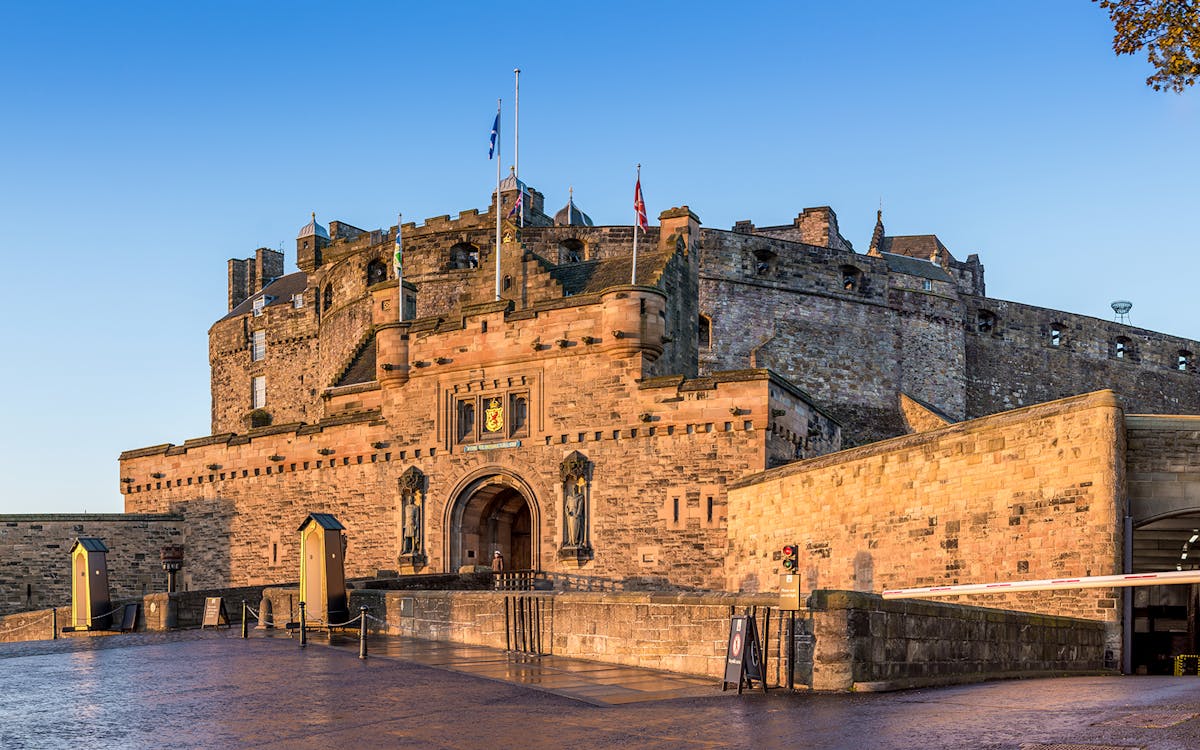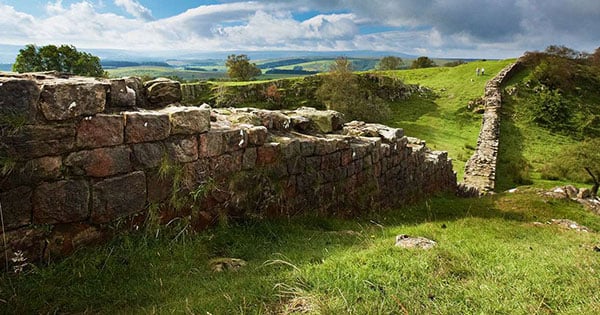Delve Into the Past: Top Historical Landmarks in the United Kingdom
Source: loveincorporated.blob.core.windows.net Introduction Overview of Historical Landmarks in the United Kingdom The United Kingdom is a treasure trove of historical landmarks, each narrating tales of conquest, culture, and craftsmanship. From the ancient stones of Stonehenge to the grand architecture of Buckingham Palace, these sites not only showcase the UK’s artistic prowess but also embody the…

Introduction
Overview of Historical Landmarks in the United Kingdom
The United Kingdom is a treasure trove of historical landmarks, each narrating tales of conquest, culture, and craftsmanship. From the ancient stones of Stonehenge to the grand architecture of Buckingham Palace, these sites not only showcase the UK’s artistic prowess but also embody the country’s rich tapestry of history.
Significance of Exploring the UK’s Historical Past
Exploring the UK’s historical landmarks is not merely an educational endeavor; it’s a journey of connection. Visitors can:
- Understand the evolution of British society.
- Appreciate the architectural diversity across centuries.
- Experience cultural heritage through art and tradition.
These experiences foster a deeper appreciation for the past—like the awe felt when standing at the foot of Hadrian’s Wall, where echoes of history resonate with every step.

Stonehenge
History and Origins
Stonehenge, one of the world’s most iconic monuments, dates back over 5,000 years. Its exact origins remain shrouded in mystery, sparking countless theories. Some believe it was a burial site, while others suggest it served as an astronomical observatory. Personally, standing amidst the stones, one can’t help but feel the weight of history.
Structure and Significance
The structure of Stonehenge is remarkable—a circular arrangement of large standing stones, known as megaliths, each weighing several tons.
- The outer circle features 30 stones, with some standing over 13 feet tall.
- Inner stones, called “bluestones,” are believed to have been transported from Wales.
This alignment with the solstice positions not only highlights its archaeological importance but also signifies ancient rituals.
Visitor Information
Visiting Stonehenge is an enriching experience. Here’s what to know before you go:
- Location : Just off the A303, near Amesbury, Wiltshire
- Opening Hours : Vary seasonally, so check online.
- Tickets : Purchase in advance to avoid queues.
You can even join guided tours to deepen your understanding. Don’t forget to take your time wandering around—the atmosphere is truly something special.

Tower of London
Historical Background
The Tower of London is a fortress steeped in history, established by William the Conqueror in 1066. Initially built as a demonstration of power, it has served various roles—from royal palace to prison. Walking through its gates, visitors can feel the echoes of past intrigues and power struggles that have shaped British history.
Notable Features and Architecture
The Tower’s architecture is both formidable and fascinating. Each section tells a different story, including:
- The White Tower : The original structure and a UNESCO World Heritage site.
- The Crown Jewels : A stunning display of royal regalia, including the State Crown and scepters.
- The Bloody Tower : Infamous for its dark history, linked to the mysterious disappearance of the Princes in the Tower.
The blend of medieval design with fortified walls offers an impressive sight that’s hard to forget.
Tours and Exhibits
Visiting the Tower of London provides an array of experiences:
- Yeoman Warder Tours : Led by the iconic Beefeaters, these guided tours share engaging tales of the Tower’s history.
- Interactive Exhibits : Various displays present artifacts and stories that bring the past to life.
Don’t miss the opportunity to snap a selfie with the ravens, said to protect the kingdom! Planning a visit here is sure to be a highlight of any trip to London.

Buckingham Palace
Royal Residence History
Buckingham Palace, the official residence of the British monarch, has a storied history dating back to the 18th century. Originally built as a townhouse for the Duke of Buckingham, it became a royal residence in 1837 when Queen Victoria took the throne. Standing before its grand façade, you can truly feel the pulse of British royalty.
State Rooms and Ceremonies
The palace is home to 775 rooms, with 19 State Rooms that host numerous events. Highlights include:
- The Throne Room : A magnificent space used for ceremonial occasions.
- The Ballroom : The largest room, often filled with splendid decorations for royal banquets.
These rooms are open to the public during the summer months, offering a glimpse into the elegance and grandeur of royal life.
Changing the Guard Ceremony
One of the most famous traditions at Buckingham Palace is the Changing the Guard ceremony. Taking place at 11:00 AM, it features:
- The Queen’s Guard : Dressed in their iconic red tunics and bearskin hats.
- A Marching Band : Providing live music that enhances the festive atmosphere.
Arriving early is advised, as the crowd gathers to witness this vibrant display of British pageantry. Experiencing this ceremony creates lasting memories and a deeper connection to royal traditions.

Edinburgh Castle
Ancient Fortification
Perched atop Castle Rock, Edinburgh Castle dominates the city skyline and offers a glimpse into Scotland’s turbulent past. This ancient fortification dates back to at least the 12th century, serving as a royal residence and military stronghold. Walking through its gates feels like stepping back in time, with whispers of history wrapped around each stone.
Military Importance
The military significance of Edinburgh Castle cannot be overstated. It has witnessed countless battles and sieges, transforming into a symbol of Scottish resilience. Key highlights include:
- The One O’Clock Gun : A historic cannon fired daily since 1861 as a time signal.
- The Great Hall : Once used for feasts and ceremonies, showcasing the castle’s strategic role throughout Scottish history.
These features offer a compelling narrative of Scotland’s defense and heritage.
Crown Jewels and National War Museum
Visitors to the castle can marvel at two remarkable attractions:
- The Crown Jewels of Scotland : Displayed in a stunning exhibition, they are a testament to Scotland’s royal heritage.
- The National War Museum : Hosting an extensive collection of military artifacts, this museum provides insights into the nation’s armed forces through the ages.
Taking in these treasures adds depth to your understanding of Scotland’s storied past, making the castle an essential stop for those interested in history.

Hadrian’s Wall
Roman Frontier Construction
Hadrian’s Wall, constructed under Emperor Hadrian around AD 122, marked the northern frontier of the Roman Empire in Britain. Stretching approximately 73 miles, this remarkable structure served not only as a defensive barrier but also as a symbol of Roman authority. Walking along its remains connects visitors with the ambitious plans of ancient Rome.
Preservation Efforts
Preservation efforts for Hadrian’s Wall have been significant, ensuring that this UNESCO World Heritage site remains accessible for future generations. Key initiatives include:
- Regular Maintenance : Conservation teams conduct ongoing assessments to protect the wall from natural erosion.
- Educational Programs : Engaging visitors with history through workshops and guided tours helps raise awareness.
These efforts allow the rich history encapsulated in the wall to thrive against the elements.
Hiking and Visitor Experience
For outdoor enthusiasts, hiking Hadrian’s Wall is a unique adventure. The well-marked trail offers:
- Stunning Scenery : Breathtaking views across the Northumberland countryside.
- Historical Sites : Numerous forts and milecastles, each telling its own story.
Whether you’re a history buff or simply seeking a scenic hike, traversing this ancient path provides an unforgettable experience, blending nature with the echoes of the past.

Westminster Abbey
Religious and Political Significance
Westminster Abbey stands as a monumental testament to the intertwining of religion and politics in British history. Founded in the 10th century, it has hosted numerous royal ceremonies, including coronations and weddings. Stepping inside, one can feel the weight of centuries of tradition rooted within its stone walls, symbolizing the heart of the nation.
Poets’ Corner and Royal Tombs
One of the most enchanting areas of the abbey is Poets’ Corner, a tribute to literary giants. Here, you’ll find memorials for esteemed writers such as:
- William Shakespeare
- Charles Dickens
- Jane Austen
Additionally, the abbey is home to royal tombs, including that of Elizabeth I and Edward the Confessor, making it a site of reverence and reflection for visitors.
Tours and Services
Exploring Westminster Abbey is both enlightening and rewarding. Visitors can partake in:
- Guided Tours : Knowledgeable guides share captivating stories behind its architecture and history.
- Audio Guides : For a personalized experience, audio guides are available in multiple languages.
Regular services also invite visitors to participate in the spiritual life of the abbey. Engaging with this iconic site offers a profound connection to both British history and contemporary culture, making it an unmissable experience.

Historic Royal Palaces
Hampton Court Palace
Hampton Court Palace, famously associated with King Henry VIII, is a stunning blend of Tudor and Baroque architecture. Visitors can explore the vast gardens, the Great Hall, and the impressive kitchens that once catered to royal feasts. Walking through these historical halls feels like stepping back into a time of grandeur and intrigue, especially during special reenactments.
Kensington Palace
Kensington Palace has been a royal residence since the 17th century and is currently home to several members of the royal family. Notable attractions include:
- The King’s State Apartments : Lavishly decorated rooms showcasing royal heritage.
- The Sunken Garden : A charming spot that’s perfect for casual strolls.
The blend of history and contemporary royal life makes this palace uniquely inviting.
Kew Palace
Nestled within the Royal Botanic Gardens, Kew Palace is a beautiful, lesser-known gem. This intimate residence is famed for its:
- Royal kitchen garden : Which highlights traditional gardening practices.
- Intriguing exhibitions : Shedding light on Queen Charlotte’s life and times.
Each of these palaces echoes stories of royal legacy, reflecting the grandeur and complexity of Britain’s history. Visiting them not only offers stunning sights but also a chance to immerse oneself in the lives of those who shaped the nation.

Conclusion
Recap of Top Historical Landmarks in the UK
Throughout this journey, we’ve explored some of the UK’s most captivating historical landmarks—from the mystical stones of Stonehenge to the grandeur of Buckingham Palace and the intrigue of the Tower of London. Each site offers a unique glimpse into the rich tapestry of British history.
Encouragement to Discover More About the UK’s Rich History
I encourage you to delve deeper into these stories and even plan your own visits. Whether you’re intrigued by ancient fortifications like Hadrian’s Wall or the regal atmosphere of Westminster Abbey, there’s always more to uncover.
- Join guided tours for insightful experiences.
- Engage with local history by visiting smaller, lesser-known sites.
Every corner of the UK is steeped in history waiting to be discovered, so take the plunge and embark on your adventure!






